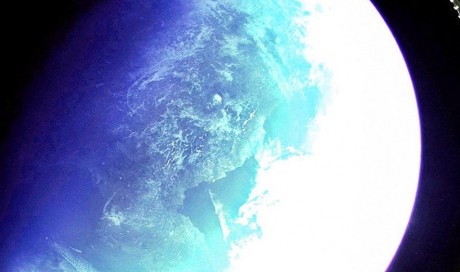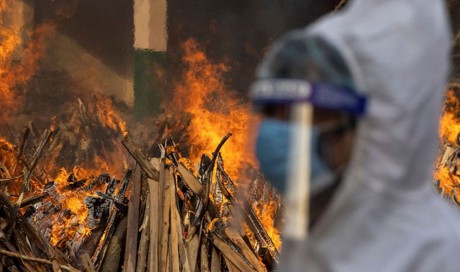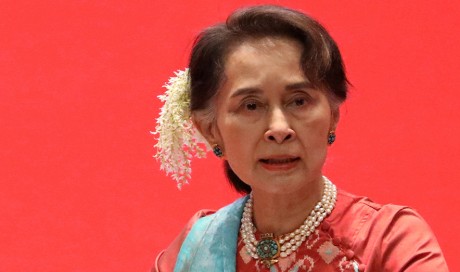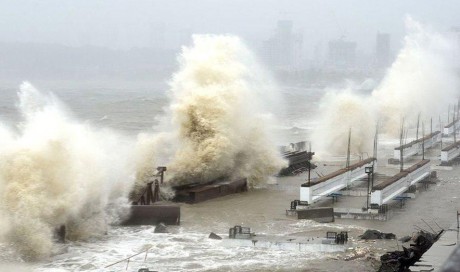Growth is likely to get a boost from monsoon rains, which hit the southern state of Kerala a few days earlier than normal, potentially brightening the outlook for agricultural output.
Rising oil prices
The biggest risk India faces is rising crude oil prices , which this month hit $80 a barrel, their highest since 2014.
India meets 80 per cent of its oil needs from imports.
Prices of diesel and petrol surged to a record high last week, stoking opposition criticism of Modi's administration.
Higher oil prices have already pressured the rupee, near a record low last week and Asia's worst performer.
"Rising oil prices can weigh on the consumer demand and lead to higher borrowing costs for the government," Arora of HDFC Bank said.
The government's Economic Survey, issued in January, estimated that every $10 per barrel rise in global oil prices cuts growth by 0.2-0.3 percentage points.
Still, some analysts expect India's economy to grow more than 7 per cent in 2018/19, helped by a normal monsoon and a pick-up in private investment.
The International Monetary Fund expects economic growth could reach 7.4 per cent in 2018/19.
An Indian Finance Ministry official told CNBC on Monday that estimated growth in the last fiscal year, which ended on March 31, was 6.7 per cent, below 2016/17's pace of 7.1 percent.
Share This Post














